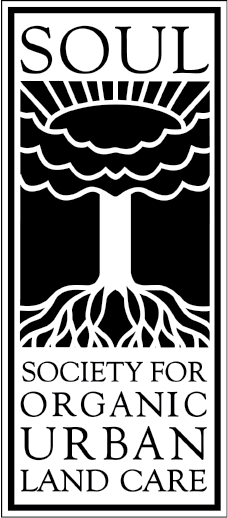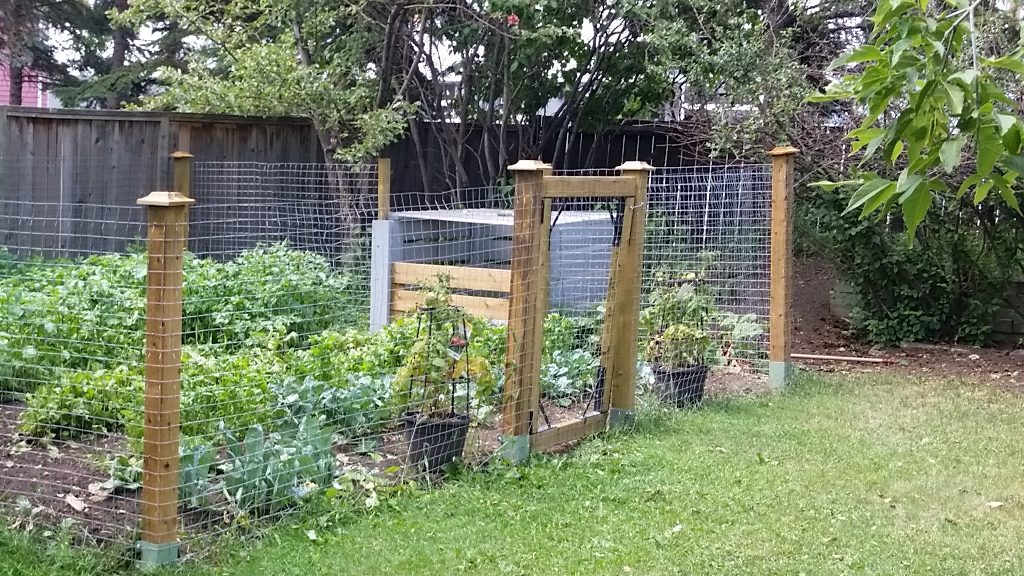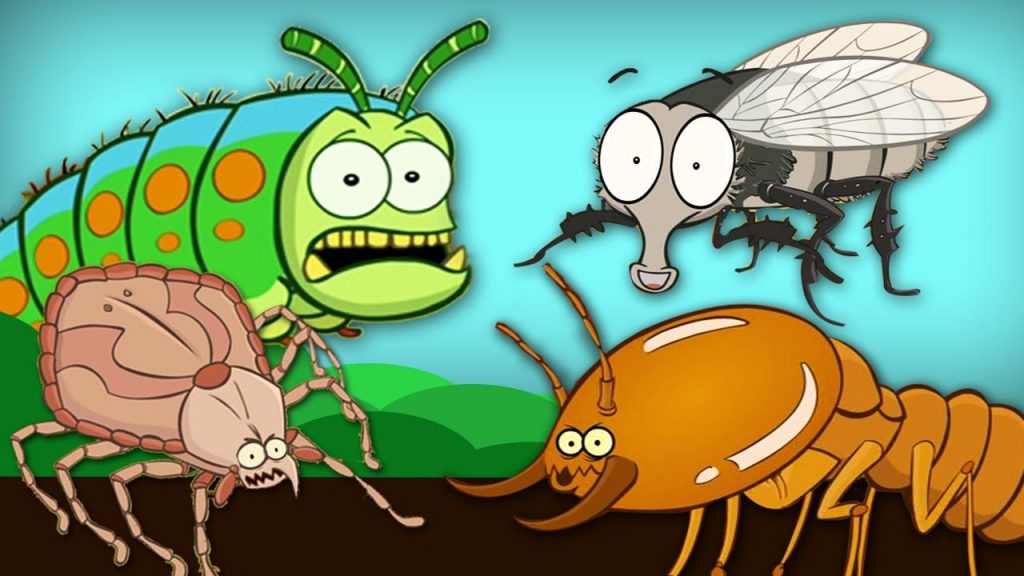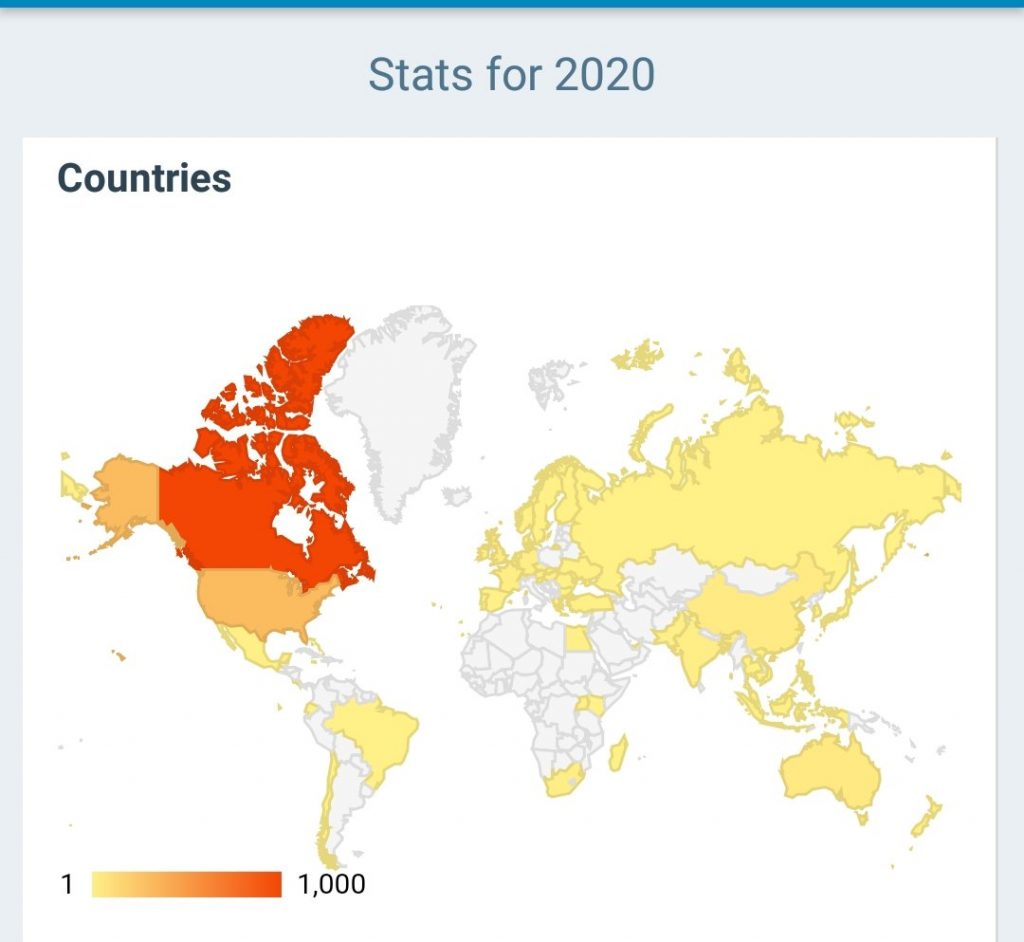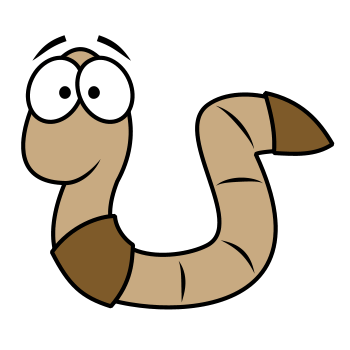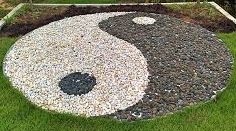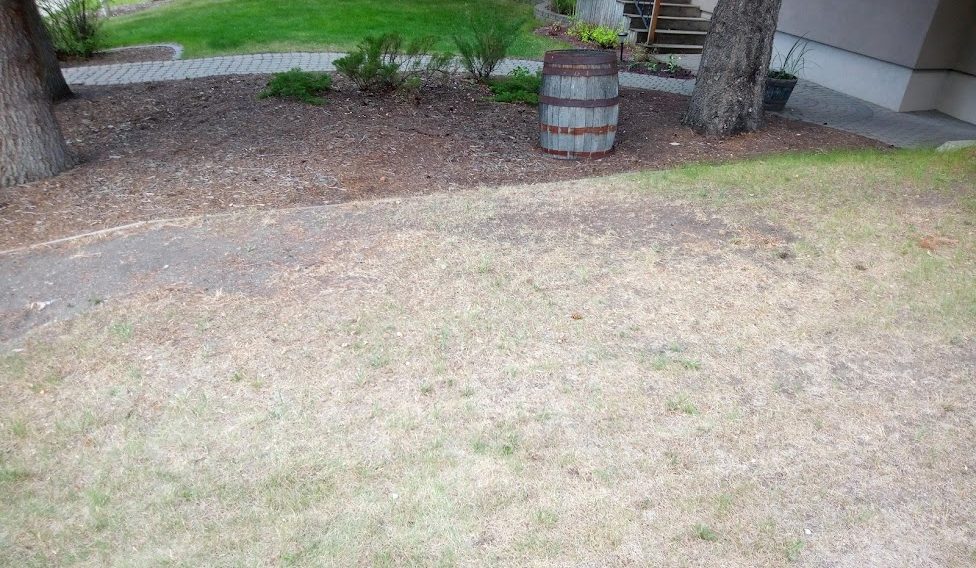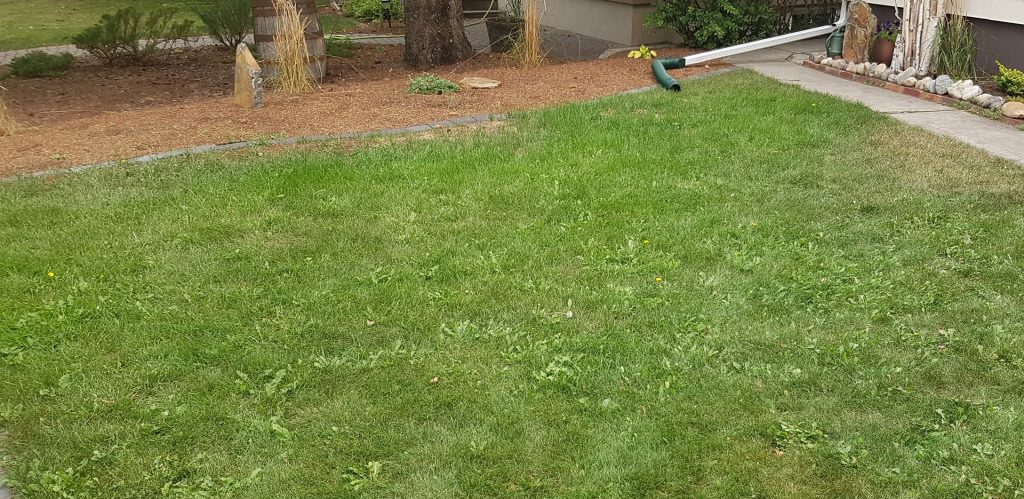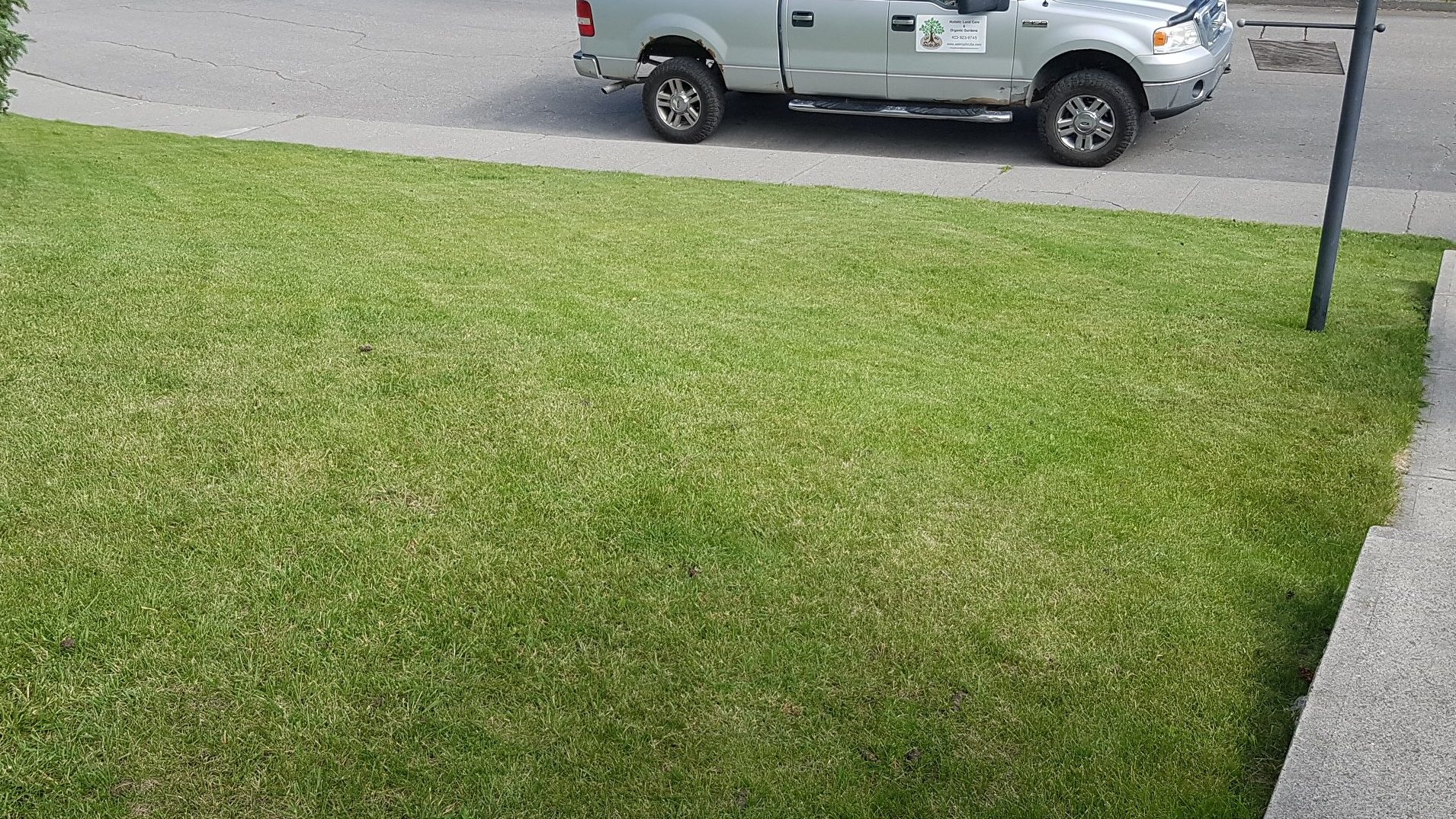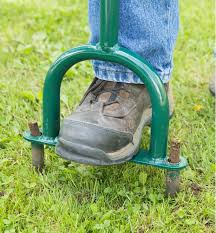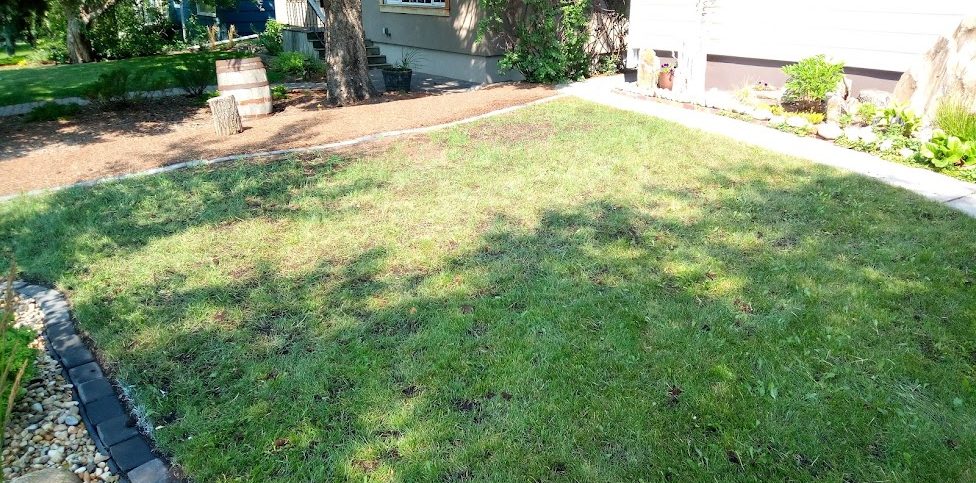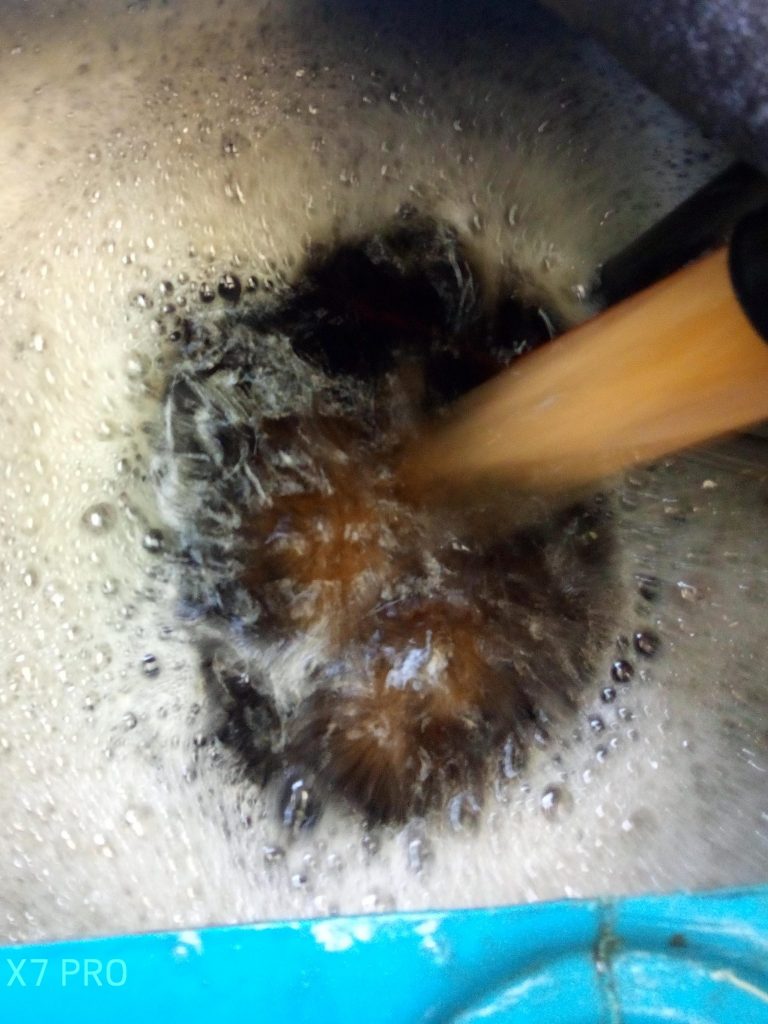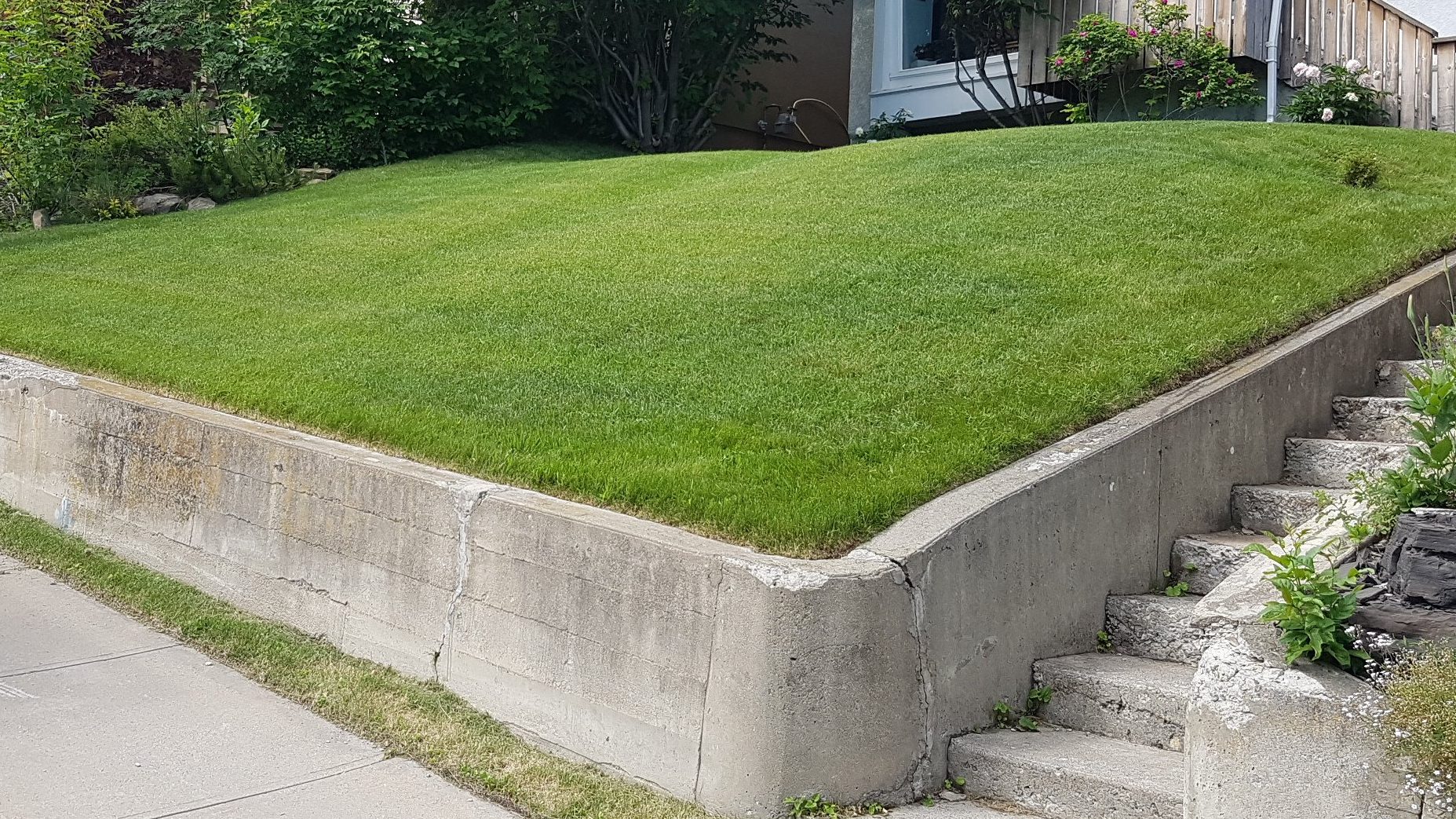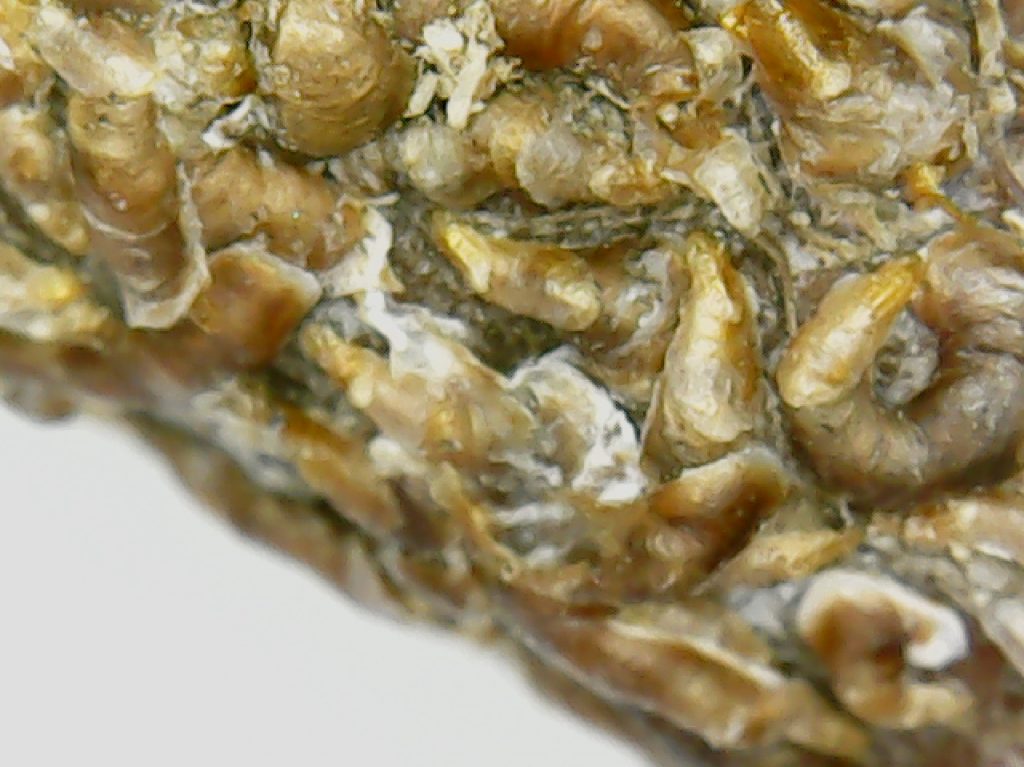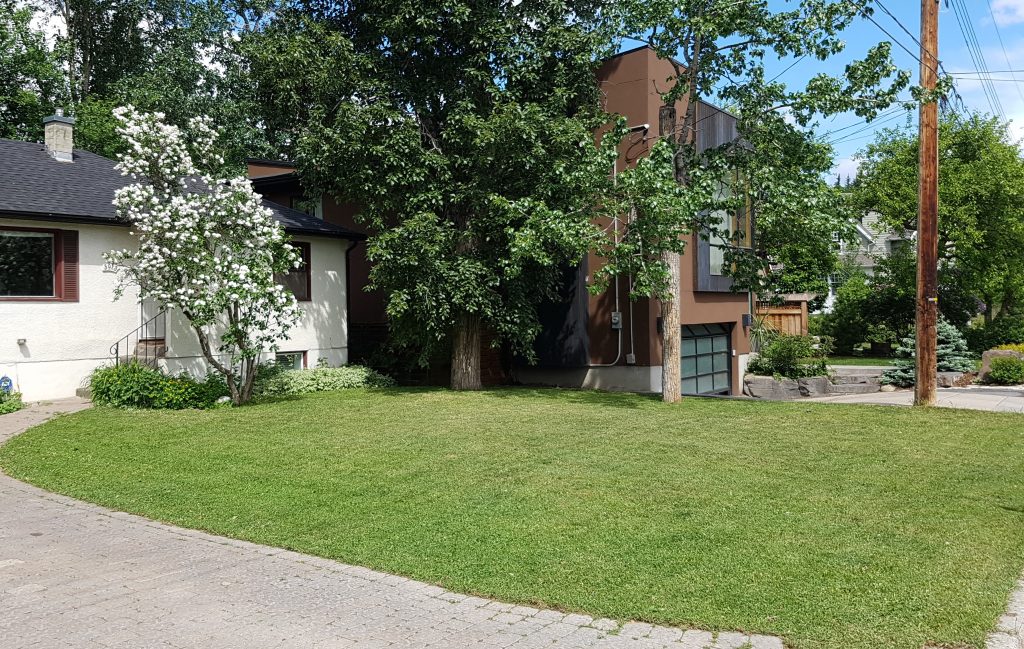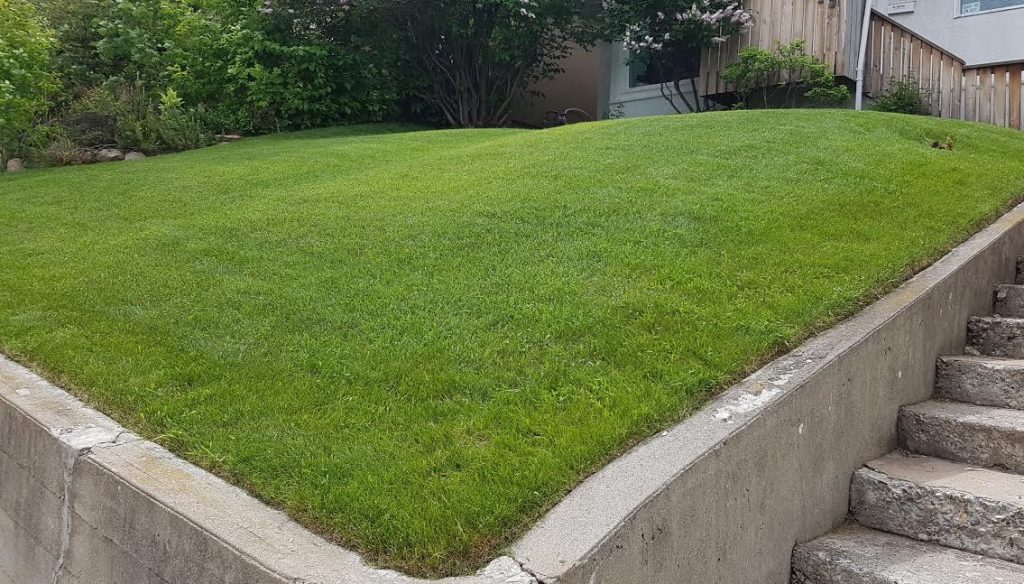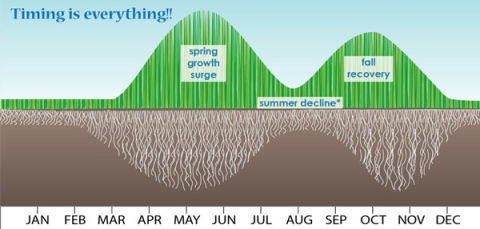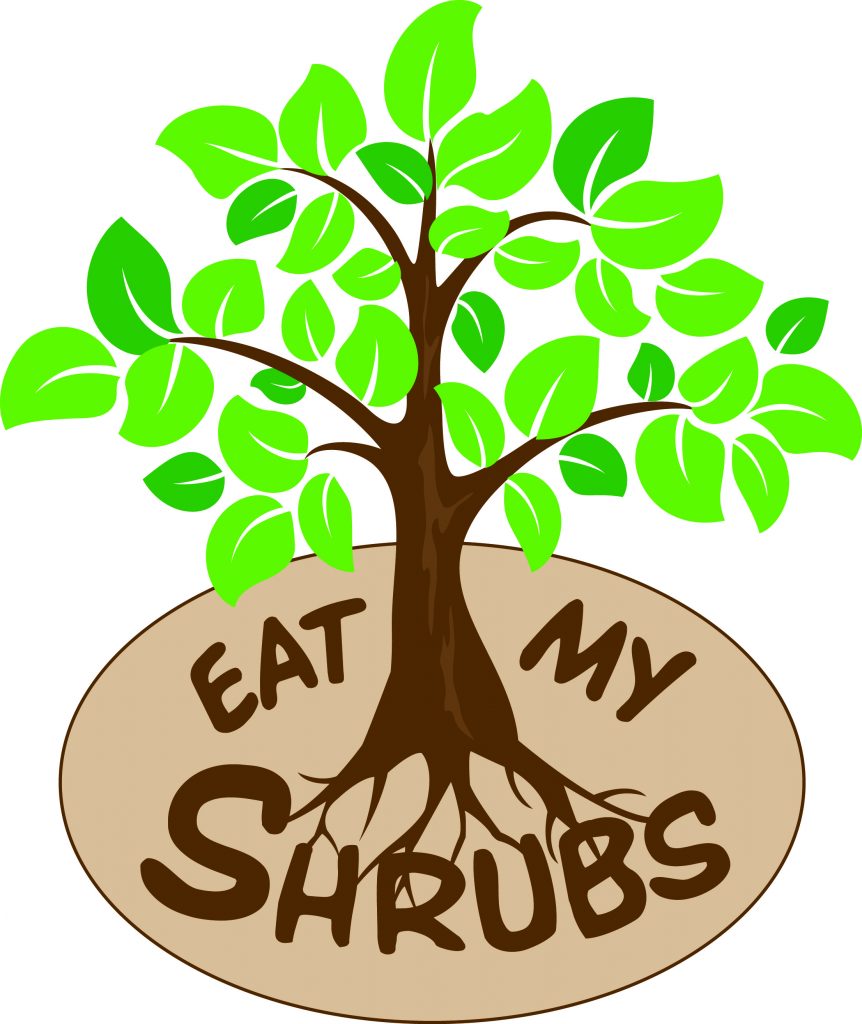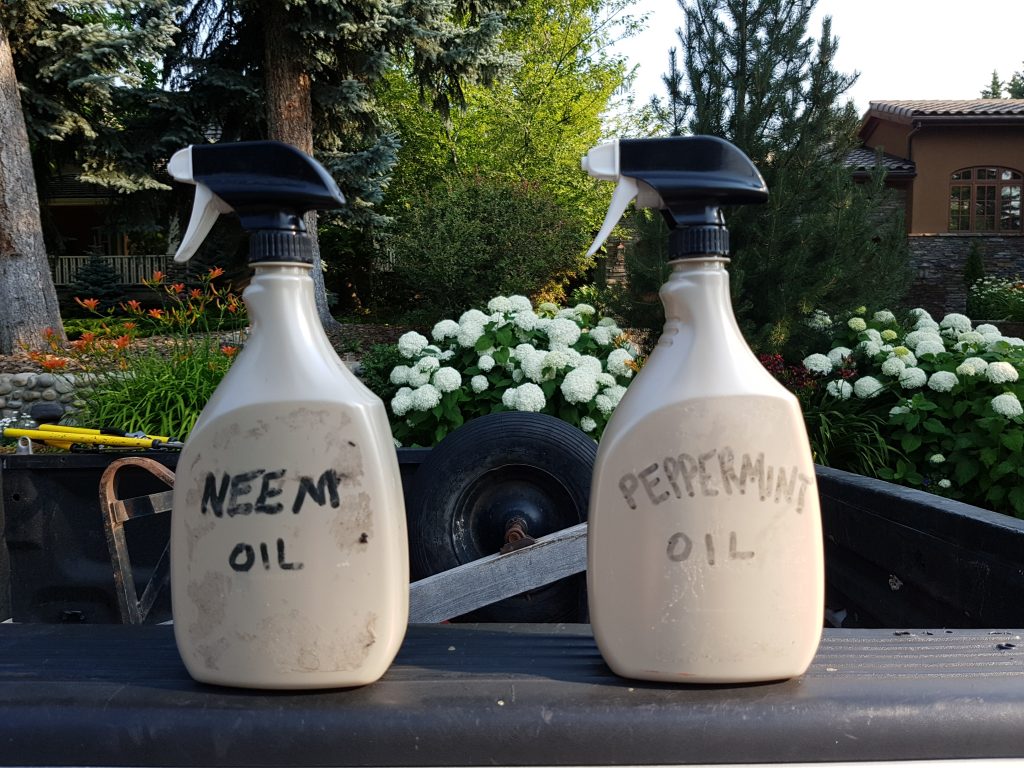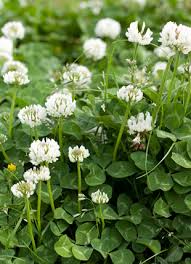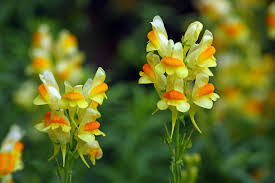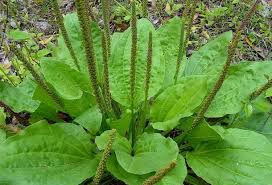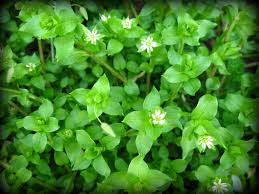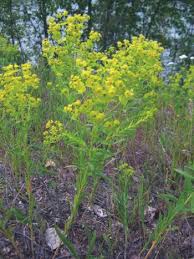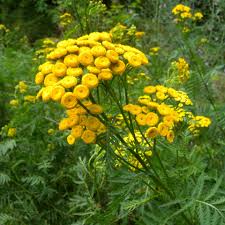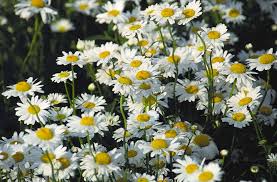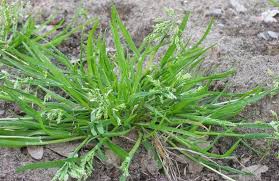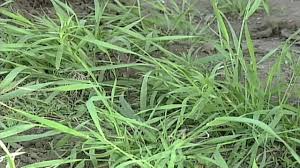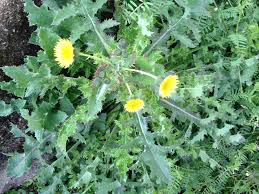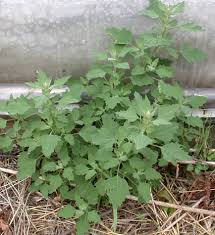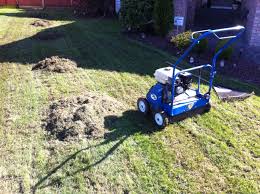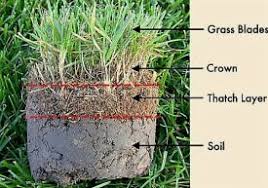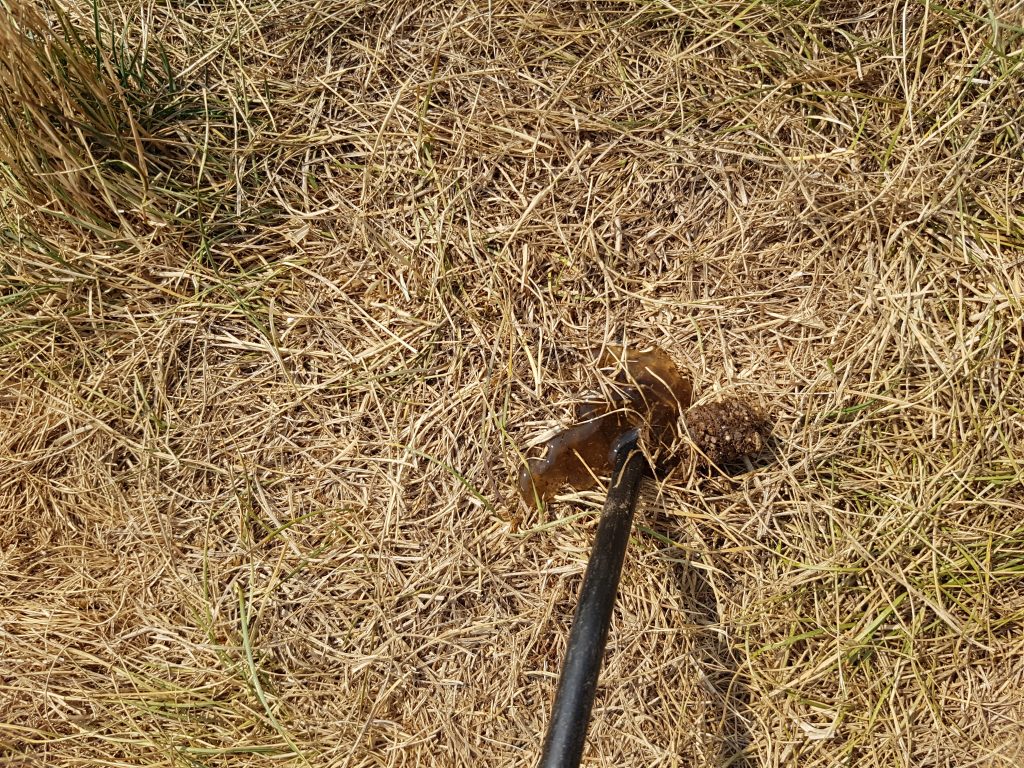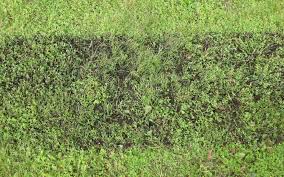2024 marks 10 years in business, and what a decade its been. I started out on my own building brick patios and walkways. That is what got me started. My Jeep TJ and my father-in-laws trailer made from the body of an old Dodge truck.
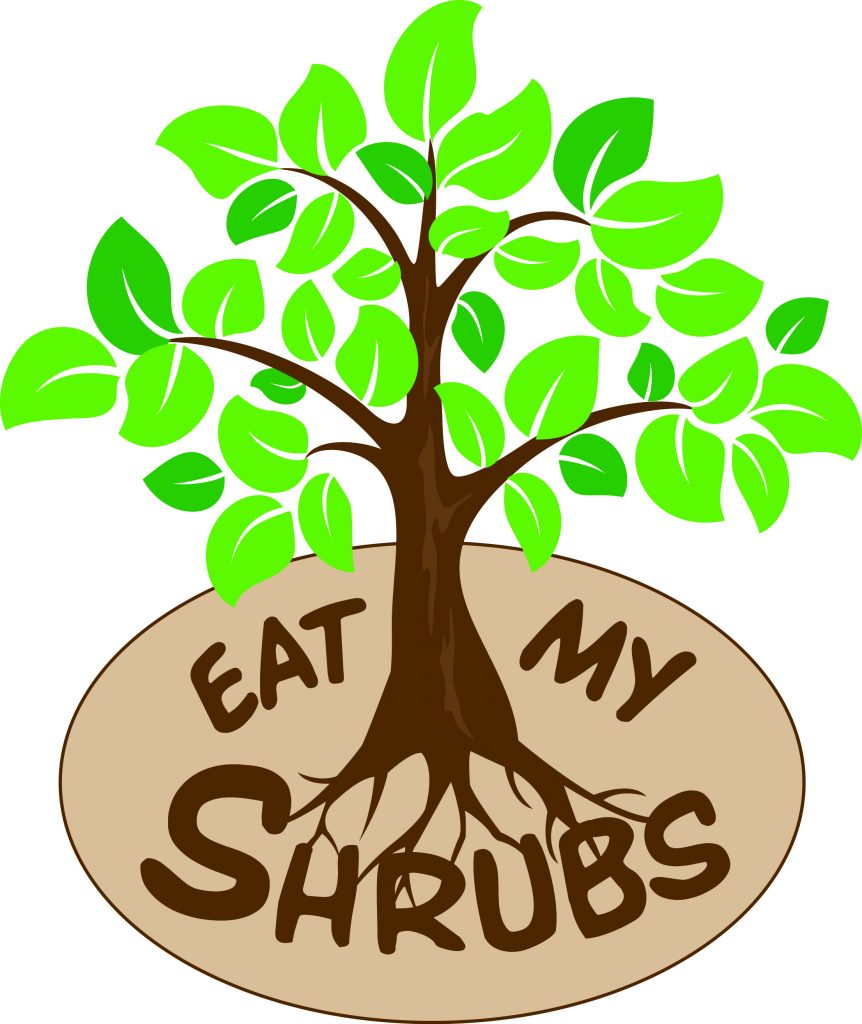
2024 marks 10 years in business – The first job.
A guy I used to work with in the oil and gas sector contacted me knowing that I was landscaping at the time for a company. He asked if I could fix his former partners back patio. It had become unsafe for her and their kids and she needed it replaced. The issue was that she lived in a very affluent part of Calgary, and they felt that the landscapers that she talked to were overpricing the job just because they thought she could afford the moon. It is a common issue I think. So I said sure, no problem.
Long story short….ish. It was A LOT of work. On my first day actually doing this job I discovered that my wheelbarrow wouldn’t fit through her back gate! Everything moved 2-5gal pails at a time. The topsoil removed. 2 pails at a time. The gravel, sand and bricks. 2 pails at a time. I was already in good shape beforehand. After this job I was ripped!
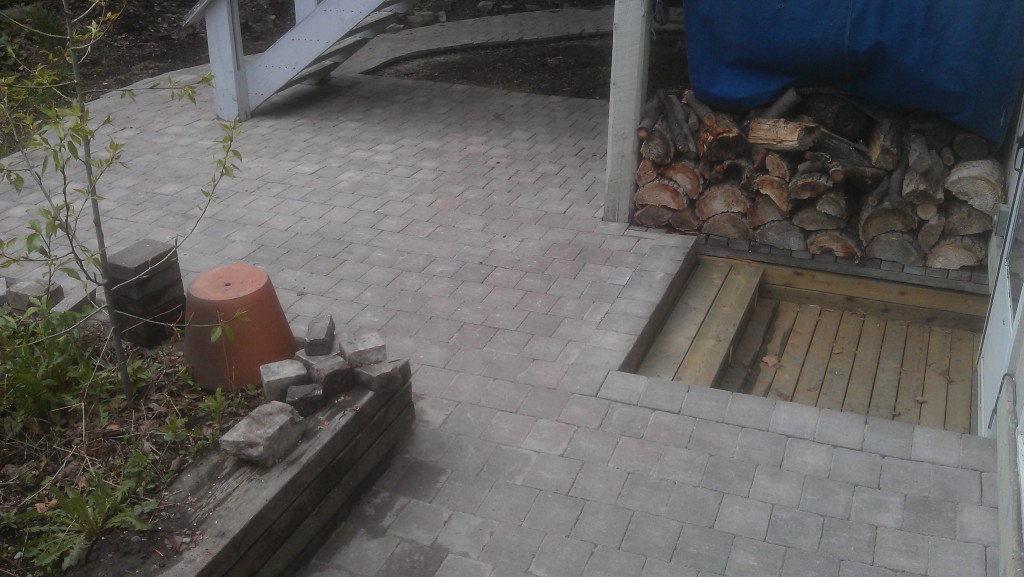
Here is the kicker.
This was actually in May of 2013. I finished it in time for the May long weekend, as promised. In June of 2013, Calgary was hit with the worst flooding in Alberta history. My patio was the only thing on the property that survived, and the house was torn down 2 years later.
I am building my company at this point and I was working for the company (owned by the same guy who originally contacted me to do the work in the first place) that was contracted to demolish the house. I got to go and rip up every brick. Awesome right? I’m not complaining though because I didn’t loose my house in the flooding, and I got paid both ways. It still hurt a little.

Fast forward through the years and I have expanded into all sorts of organic urban landcare. I do a lot of raised garden beds, focussing on wicking beds, but not always. Worm composting, lasagna gardens, urban homesteading, you name it.
Where I’m at now…sort of..
Last year I completed a huge project with one of the golf course in the area to build some large garden beds, that they turned into wicking beds. They want to grow all the vegetables used in the clubhouse restaurant. What a great idea!
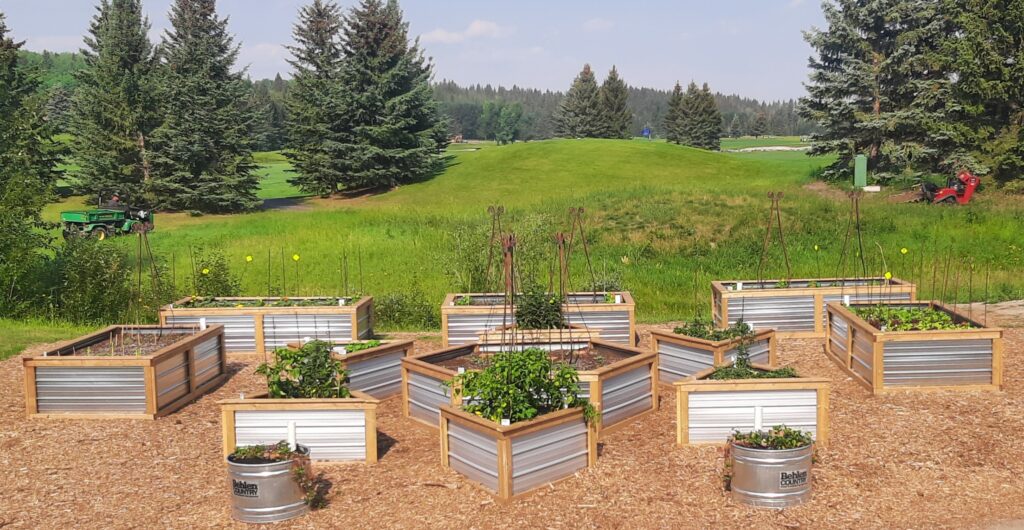
The latest venture I have started is making Olla bowls (below) for garden irrigation. I first had to learn about making pottery, how to make pottery out of clay “slip” and casting, and how to kiln these little jewels properly.
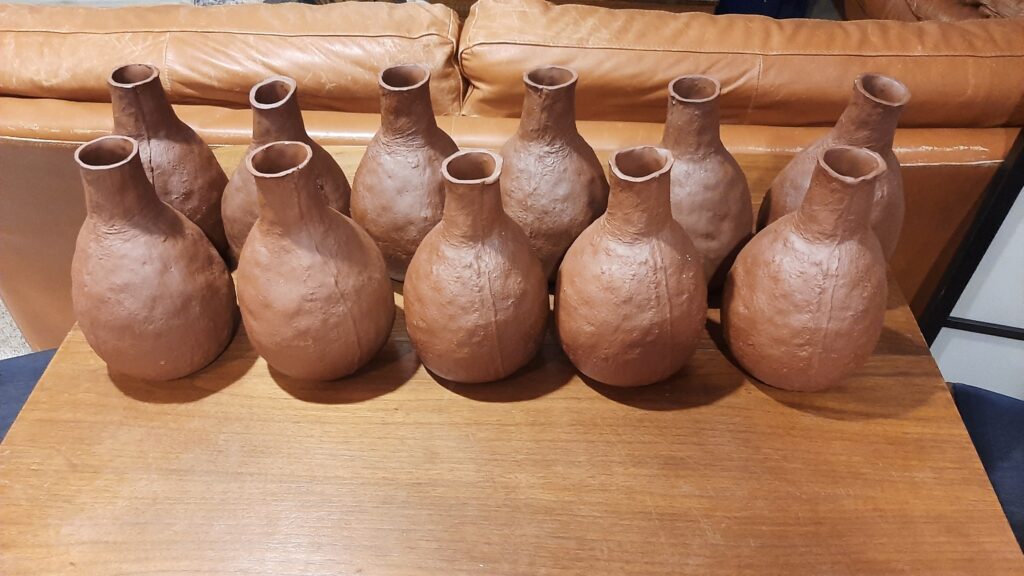
They are almost ready for distribution so stay tuned to find out where you can get one.
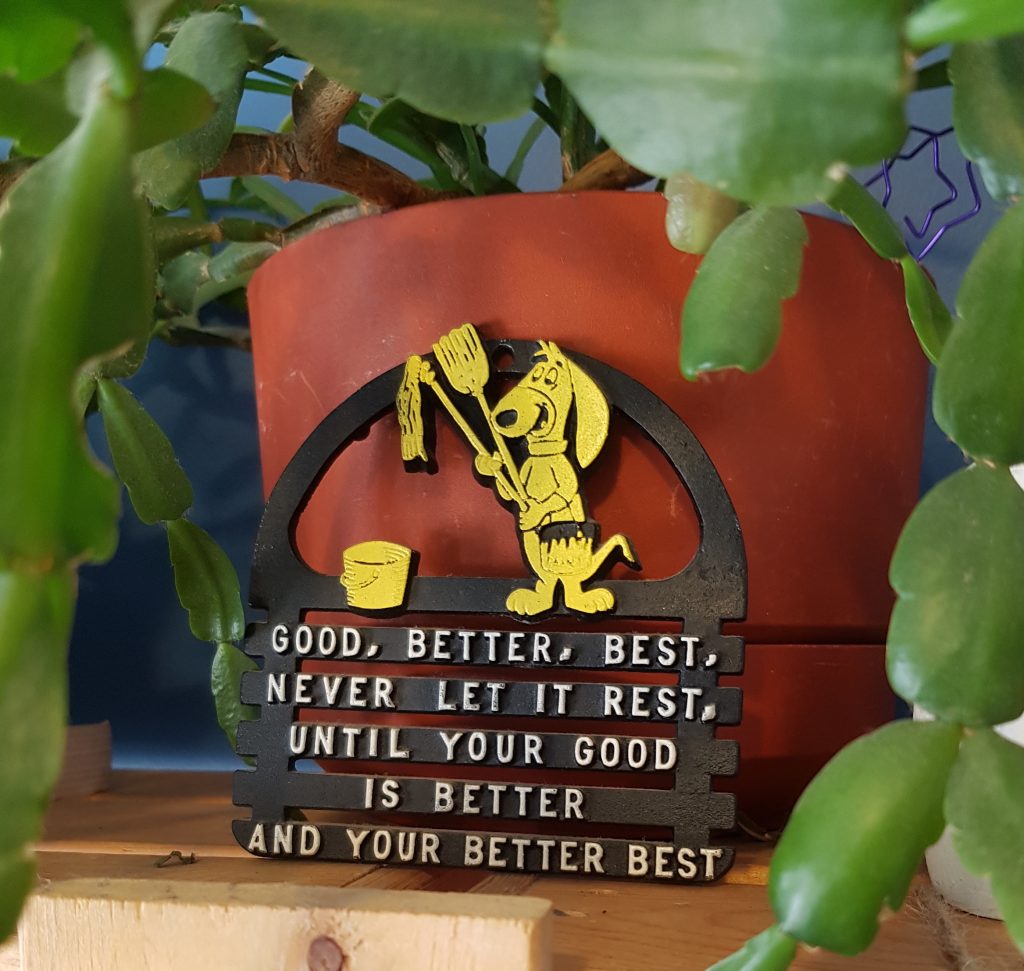
So here’s to another 10 years!
Now, check out the rest of the website and subscribe to my YouTube channel for all kinds of organic urban landcare ideas and other stuff.





